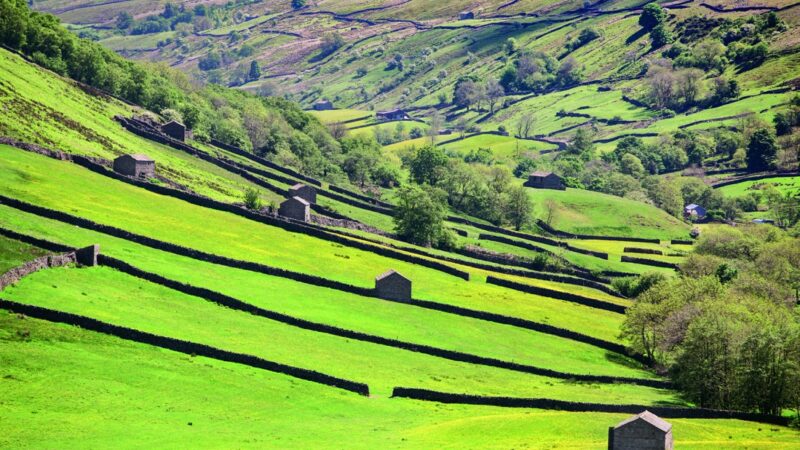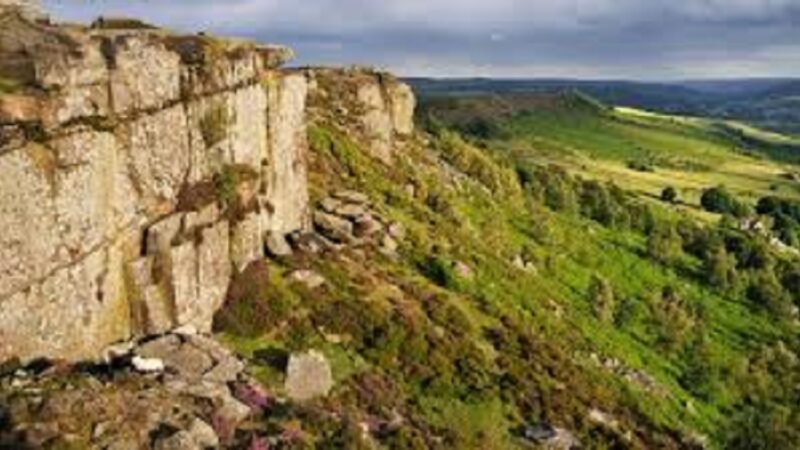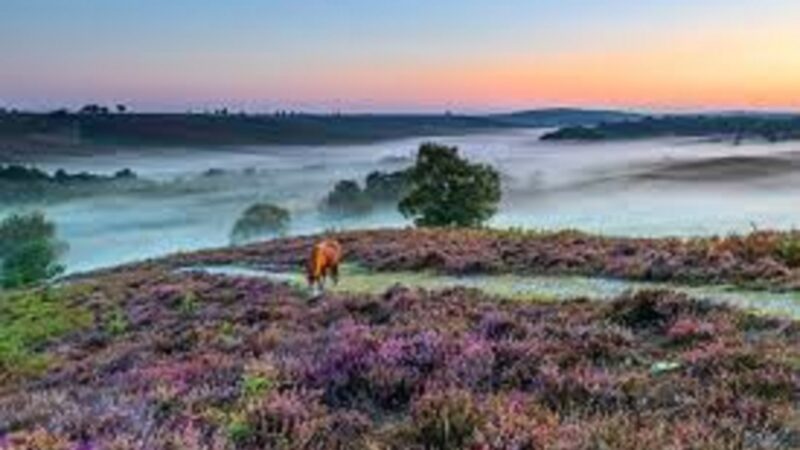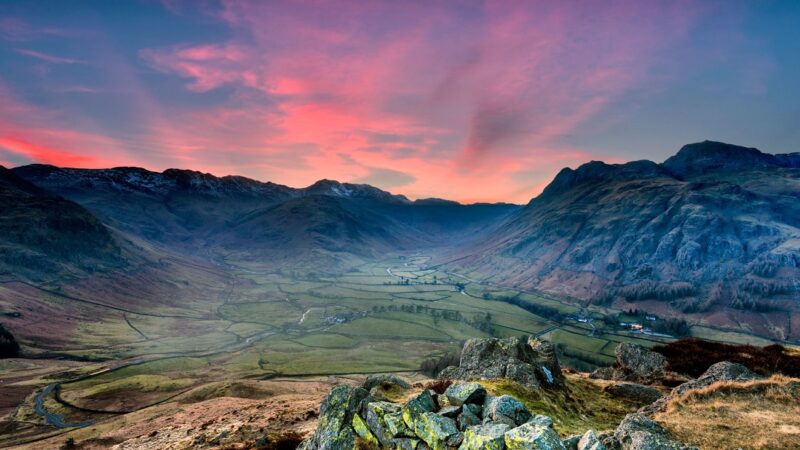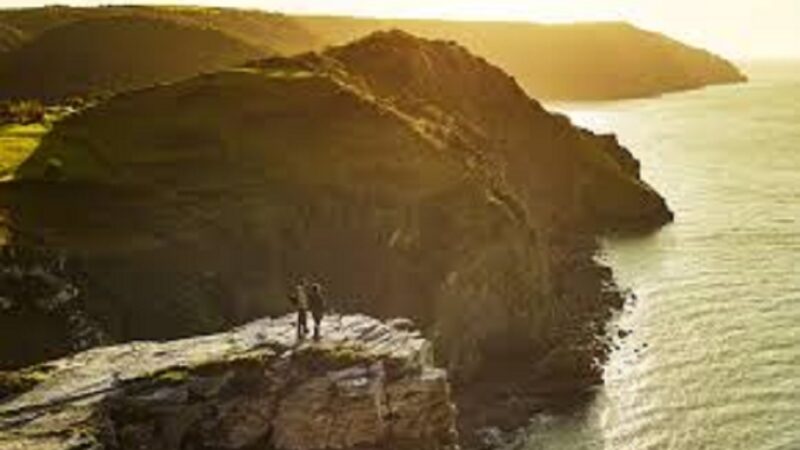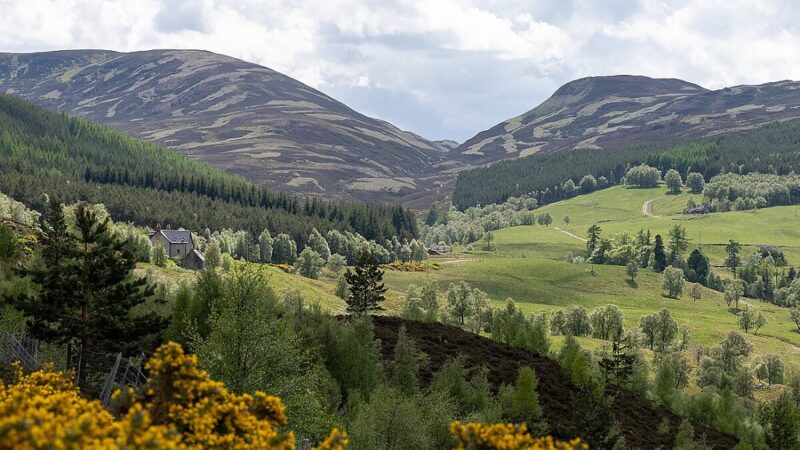Dartmoor National Park :Best time to visit And Things to do in Dartmoor National Park
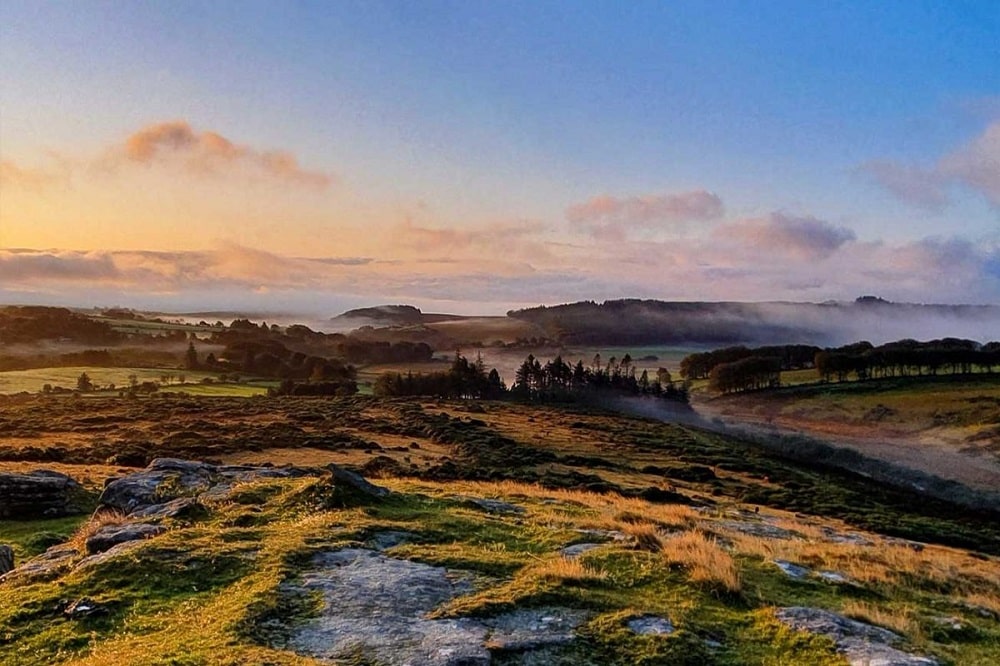
Dartmoor National Park is one of the United Kingdom’s last great wildernesses, with an inspiring landscape of heather-clad moors and rugged tors.
Table of Contents
ToggleA brief history of Dartmoor national park
Dartmoor, a vast tract of the largely untamed countryside of enormous richness and diversity stretching across 368 square miles, was designated as a National Park in 1951. It’s a landscape unlike any other, with towering granite tors, mysterious hut circles and standing stones, ancient woodlands, sturdy clapper bridges, rushing streams, Dartmoor ponies, and bustling stannary towns, and secluded villages.
Dartmoor national park address
Where is Dartmoor national park? Dartmoor National Park Authority, Parke, Bovey Tracey, Newton Abbot, Devon TQ13 9JQ
Dartmoor is a wild upland area in the southwest English county of Devon. It stretches for about 23 miles (37 kilometres) north-south and 20 miles (32 kilometres) east-west. The Dartmoor national park England is desolate and bleak, with heather as the dominant vegetation.
How big is Dartmoor national park
368 square kilometres
Dartmoor National Park covers an area of 368 square miles (954 square kilometres). It is approximately 20 miles north to south and 20 miles east to west. That makes it roughly the same size as London, or about the size of 20,000 football fields.
Dartmoor national park planning
An application can be made to change or remove one or more of the planning permission conditions. This route can be used to create a minor material amendment where a relevant condition can be changed; however, additional public consultation is required.
Things to do in Dartmoor national park
1. Visit Darmoor’s mythical tors.
There are over 160 tors in the national park, so you’ll need more than one visit to see them all! Here are some of the most beautiful Dartmoor tors to visit while you’re here.
2. Tor Saddle
Saddle Tor is easy to visit in southern Dartmoor because it is right on the road. Saddle Tor is named after two large granite boulders that sit atop a dramatic hill and resemble a saddle from certain angles. On a clear day, you can see the entire eastern side of Dartmoor.
3. Hound Tor
Hound Tor is another of Dartmoor’s most popular tours. There are many weathered granite rocks at the summit, and to the southeast is Hundatora, a deserted mediaeval village. The land was built in the bronze age and consisted of four Dartmoor longhouses.
4. Brentor Church
Brentor Church is one of the best tors on Dartmoor’s western edge. The climb takes about 20 minutes, and the views from the top are spectacular. It is one of the few tors in Dartmoor that was formed from lava rather than granite over 350 million years ago. The church is a spiritual and legendary location.
Dartmoor national park camping
1. Visit Darmoor’s mythical tors.
There are over 160 tors in the national park, so you’ll need more than one visit to see them all! Here are some of the most beautiful Dartmoor tors to visit while you’re here.
2. Tor Saddle
Saddle Tor is easy to visit in southern Dartmoor because it is right on the road. Saddle Tor is named after two large granite boulders that sit atop a dramatic hill and resemble a saddle from certain angles. On a clear day, you can see the entire eastern side of Dartmoor.
3. Hound Tor
Hound Tor is another of Dartmoor’s most popular tours. There are many weathered granite rocks at the summit, and to the southeast is Hundatora, a deserted mediaeval village. The land was built in the bronze age and consisted of four Dartmoor longhouses.
4. Brentor Church
Brentor Church is one of the best tors on Dartmoor’s western edge. The climb takes about 20 minutes, and the views from the top are spectacular. It is one of the few tors in Dartmoor that was formed from lava rather than granite over 350 million years ago. The church is a spiritual and legendary location.
Dartmoor national park camping
untamed and wild Dartmoor is a natural playground for the daring. The national park, which spans more than 350 square miles between Devon’s north and south coasts, offers hiking in heather moorland, climbing on granite tors, kayaking in fast-flowing rivers, and wild swimming in private pools. There’s also Dartmoor national park camping and glamping, and our camping experts have chosen the best sites in and around Dartmoor to include in this collection.
Walks in Dartmoor national park
- Drewsteignton Intermediate Hiking Tour – Fingle Bridge – Hunter’s Tor Loop Fitness is required. Pathways are easily accessible. All skill levels are welcome.
- Haytor Vale – Holwell Tor – Haytor Rocks Loop– Hiking Tour for Intermediate Fitness is required. Paths that are mostly accessible. Certainty is required. The Tour’s starting point is right next to a parking lot.
- Take the Wistman’s Wood – Littaford Tor Loop from Princetown.- Hiking is simple. Excellent for people of all fitness levels. Pathways are easily accessible. All skill levels are welcome.
- Lydford Gorge Loop from North Brentor to Whitelady Waterfall- Hiking is simple. Excellent for people of all fitness levels. Pathways are easily accessible. All skill levels are welcome
Dartmoor national park drake's trail cycle path
Dartmoor must be a dream location for English wild campers because its bylaws allow wild camping (but not campfires) in some designated areas. You’ll need a rucksack for this one because camping alongside the road or in camper vans is not permitted.
Dartmoor national park wild camping
Dartmoor has an extensive network of quiet lanes, designated cycle routes, and over 350km of bridleways and byways. Cycling on open moorland or common land, on the other hand, is prohibited unless on a designated bridleway or permitted route.
Dartmoor national park hikes
Dartmoor National Park, located in the southwest of the country, is home to some of the best hiking in England. Various trails crisscross the wide open vistas, with different routes to suit different abilities. Almost half of the park is moorland, which creates a hauntingly beautiful landscape.

Dartmoor national park glamping
Glamping on Dartmoor can be as civilised or ‘back to nature as you like, with cute log cabins, luxurious yurts, and space-saving pods.
The campsites and farms offering pods, yurts, and cabins provide a unique self-catering option for a romantic getaway or a great base for walking, riding, and cycling. Exploring the rugged moor and the beautiful Devon countryside from the comfort of your quiet and private glamping option is an experience not to be missed!
Dartmoor national park facts
- Dartmoor National Park’s beautiful landscape contains 2,800 listed buildings and 1,078 scheduled monuments.
- Dartmoor granite formed 280 million years ago, protruding upwards beneath what is now Devon and Cornwall.
- Western Europe’s most important Bronze Age archaeology area!
- Dartmoor National Park’s soils could store 10 MEGATONNES of carbon. That is the equivalent of one year’s worth of CO2 emissions from the UK industry.
- At 3.4 kilometres, Stall Moor Stone Row is the world’s longest!
- Dartmoor is 90% farmland, with the remaining 37% being common land. Many farms raise horses, cattle, and sheep. The Duchy of Cornwall owns one-third of it.
- The ONLY place in the UK where the Bog Hover Fly can be found!
- Home to the WORLD’S LARGEST land slug. The Ash Black Slug can grow over 20cm long and is found in Dartmoor’s woodland.
How to reach Dartmoor national park
By car. Dartmoor is easily accessible from the M5 motorway in Devon and the A30 and A38. The driving distance from Exeter or Plymouth takes 30 minutes. The moor is domestic to ponies, sheep, and farm animals which can be unfastened to roam.
Best time to visit Dartmoor national park
Dartmoor National Park’s clearer season begins around April 1 and lasts 6.4 months, ending around October 14.
Dartmoor national park weather
Summers in Dartmoor National Park are cool; winters are long, very cold, and wet; windy and partly cloudy all year. Weather in Dartmoor national park throughout the year, the temperature typically ranges from 37°F to 67°F, with temperatures rarely falling below 28°F or rising above 74°F.
Flora and Fauna of Dartmoor national park
Dartmoor is abundant in flowers, mosses, lichens, and trees of all colours and sizes. Many of these plants have played an important role in the lives of the moor folk over the centuries. Some prepared food for their tables, while others stocked their medicine cabinets. Almost every plant has some folklore, tradition, or superstition.
- Adder’s Tongue
- Adders
- Apples
- Ash Trees
- Badgers
- Bats
- Bears
- Bellever Bulls
- Black Grouse
- Blackberries
- Blackthorn
- Blue Ground Beetles
- Bluebells
- Blueberries
- Bog Asphodel
- Bracken
- Butcher Birds
- Buzzards
- Cattle
- Cereals
- Clover
- Crab Apples
- Cuckoos
- Dandelions
- Dartmoor Alder Trees
- Dartmoor Birch Trees

